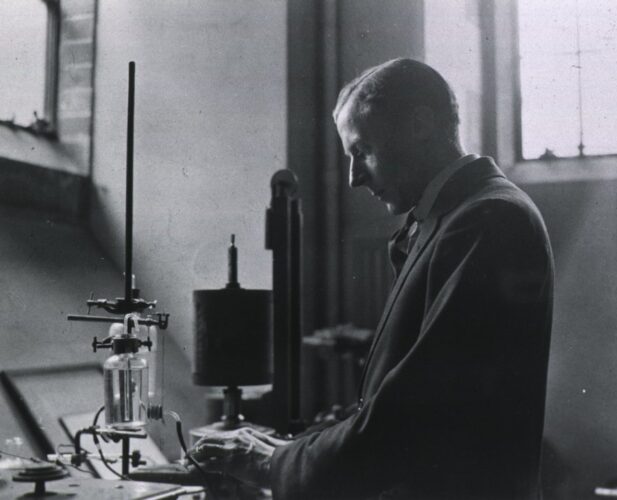Edgar Adrian (30 November 1889 – 4 August 1977) was a prominent British physiologist and neuroscientist who made significant contributions to the understanding of the nervous system.
Life and Career
Edgar Adrian was born on 30 November 1889, in Hampstead, London, United Kingdom.
Edgar Adrian attended Westminster School and later studied Natural Sciences at Trinity College, Cambridge, where he developed a keen interest in physiology and neurology.
After completing his studies, Adrian joined the British Army during World War I, where he worked on the development of anti-aircraft gunnery techniques. After the war, he returned to Cambridge and began his research on the nervous system. In 1925, he became the Professor of Physiology at the University of Cambridge.
Adrian is best known for his pioneering work on the electrical properties of nerve cells and their signaling mechanisms. He conducted groundbreaking research on the action potentials of nerves, which laid the foundation for modern neurophysiology. He used microelectrodes to record the electrical activity of individual nerve fibers, which led to the discovery of how neurons communicate through electrical impulses.
Edgar Adrian passed away on 4 August 1977, in Cambridge, United Kingdom.
Award and Legacy
In 1932, Adrian shared the Nobel Prize in Physiology or Medicine with Sir Charles Sherrington for their discoveries concerning the functions of neurons.
Apart from the Nobel Prize, Adrian received numerous other awards and honors throughout his lifetime. He was knighted in 1942 and became the 1st Baron Adrian in 1955. He served as the President of the Royal Society from 1950 to 1955.
His legacy in the field of neuroscience is profound, as his work laid the groundwork for future generations of neuroscientists. His research techniques, particularly in electrophysiology, have become standard tools in studying the nervous system. Adrian’s contributions to neuroscience continue to be celebrated and built upon in the scientific community to this day.

